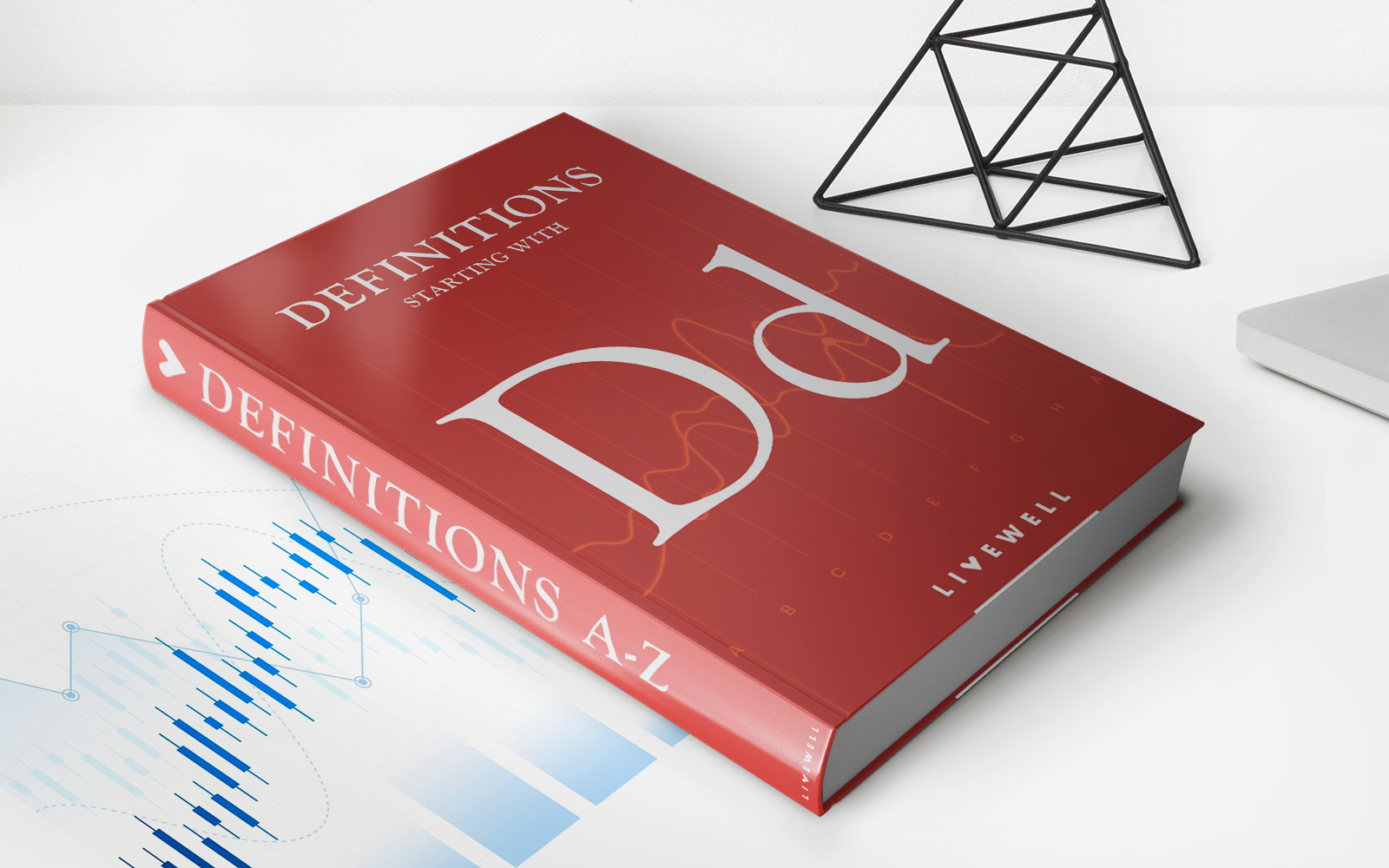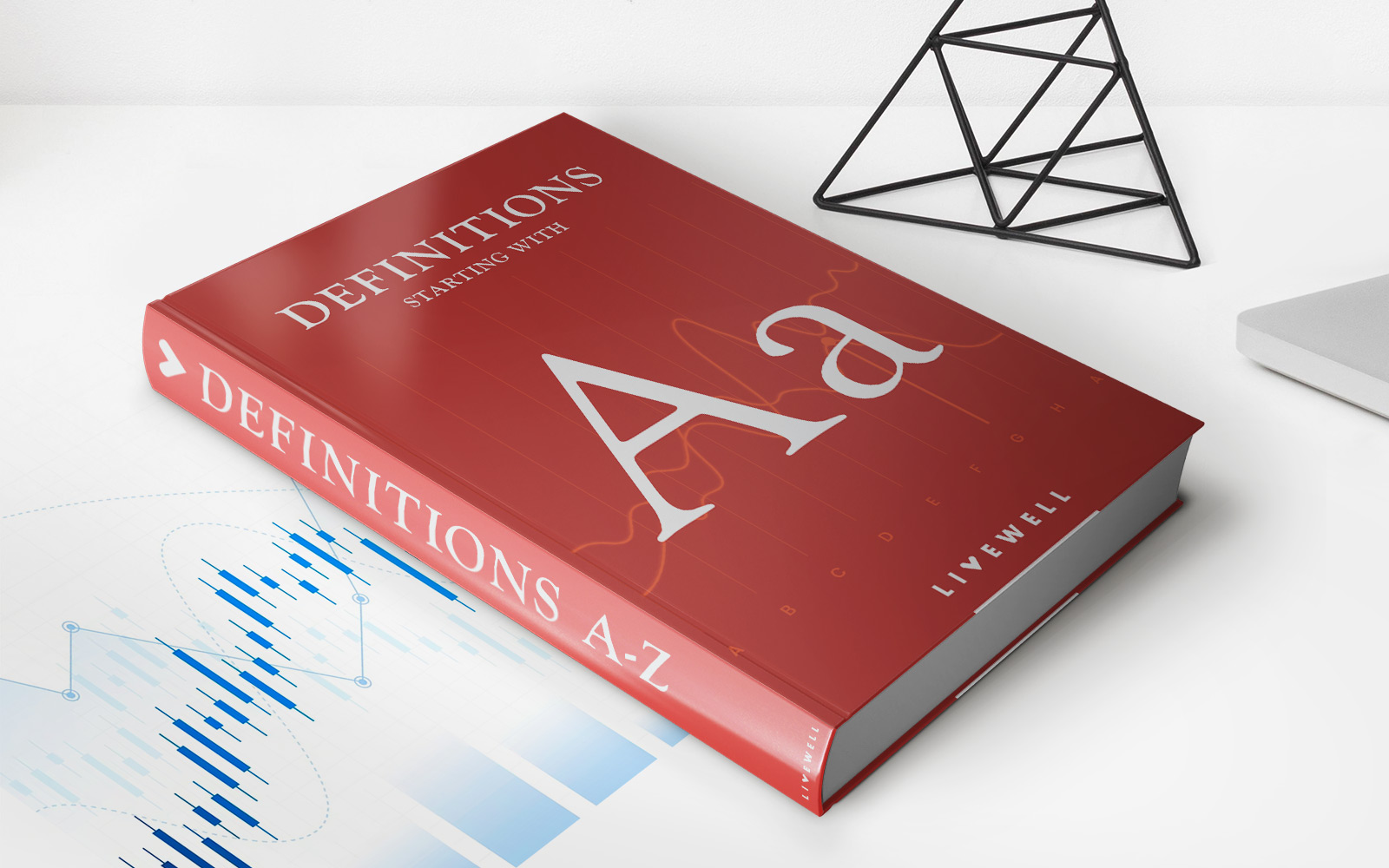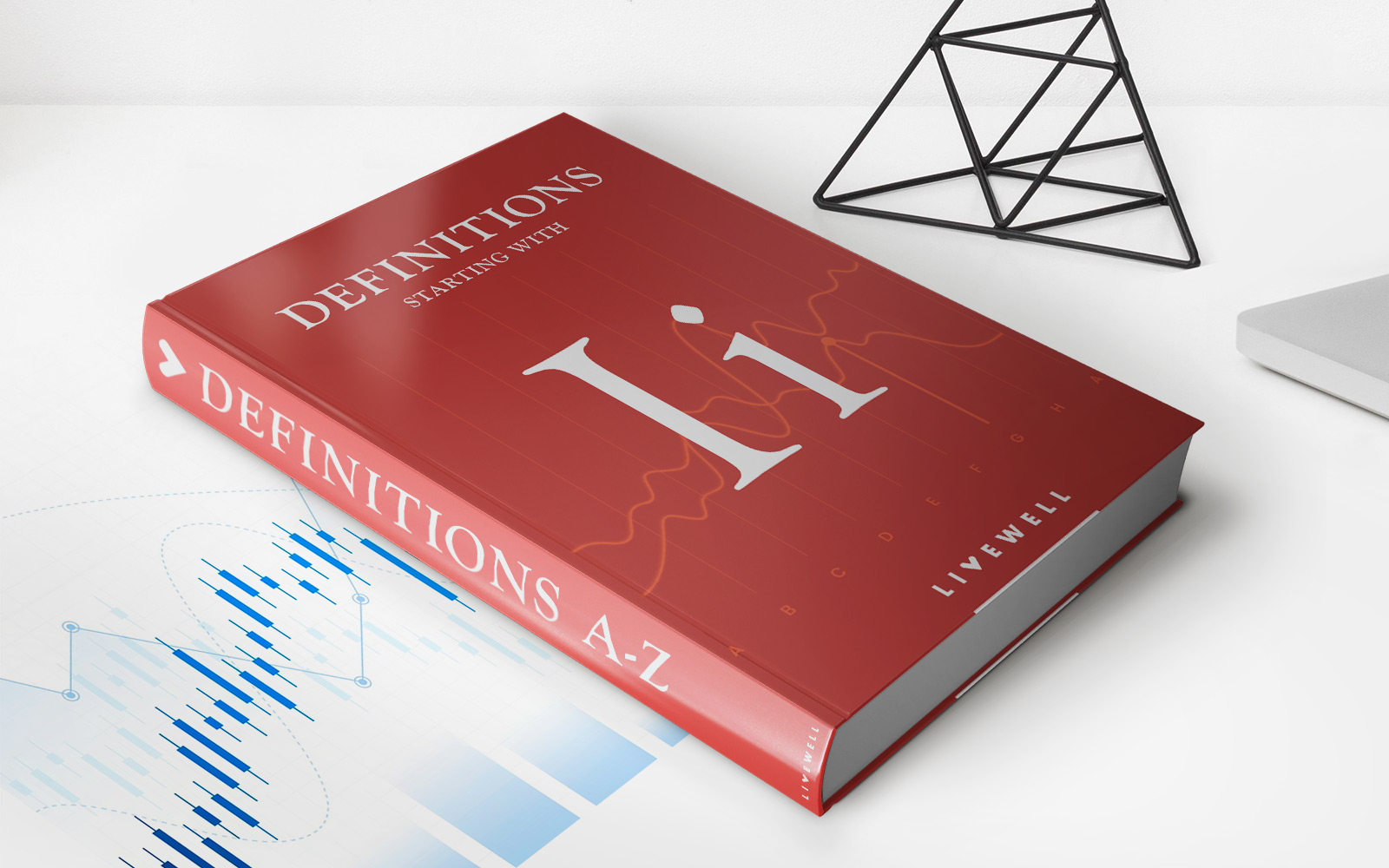Home>Finance>Crawling Peg Definition, Purpose, Effect On Currencies


Finance
Crawling Peg Definition, Purpose, Effect On Currencies
Published: November 4, 2023
Learn what a crawling peg is in finance, its purpose, and its effect on currencies. Explore the concept and significance of a crawling peg in the financial market.
(Many of the links in this article redirect to a specific reviewed product. Your purchase of these products through affiliate links helps to generate commission for LiveWell, at no extra cost. Learn more)
The Crawling Peg: A Definitive Guide to Understanding its Definition, Purpose, and Effect on Currencies
In the vast realm of finance, understanding the various mechanisms that influence currency exchange rates is essential. One such mechanism is the crawling peg, a flexible exchange rate system utilized by central banks to manage their currencies. In this blog post, we will delve into the definition, purpose, and effect of crawling pegs on currencies, providing you with a comprehensive understanding of this important concept.
Key Takeaways:
- A crawling peg is a type of exchange rate system used by central banks to manage the value of their currency relative to another currency or a basket of currencies.
- The purpose of implementing a crawling peg is to strike a balance between a fixed exchange rate and a floating exchange rate by allowing gradual adjustments to the currency’s value over time.
What is a Crawling Peg?
A crawling peg is a monetary policy tool used by central banks to manage their currency’s value in relation to other currencies. It involves setting a fixed exchange rate initially and then allowing that rate to undergo periodic adjustments, usually either through pre-determined changes or in response to specific economic indicators. These adjustments can be either upward or downward, depending on the goals of the central bank.
The crawling peg system is often employed to provide a middle ground between a fixed exchange rate regime and a fully floating exchange rate system. While fixed exchange rates offer stability, they can be vulnerable to economic shocks and lack flexibility. On the other hand, floating exchange rates allow market forces to determine currency values but can lead to increased volatility. The crawling peg system aims to strike a balance between these two extremes.
Purpose of a Crawling Peg:
The primary purpose of implementing a crawling peg is to maintain a relatively stable exchange rate while still allowing for gradual adjustments in response to changing economic conditions. Some key objectives of a crawling peg system include:
- Stability: By keeping a relatively stable exchange rate, the crawling peg provides businesses, investors, and consumers with predictability and reduces uncertainty in international trade.
- Competitiveness: The crawling peg system can be used to maintain a competitive advantage in exports by gradually adjusting the currency’s value to support the country’s economic goals.
- Inflation control: Central banks can use the crawling peg to manage inflation by adjusting the exchange rate to reflect changes in the country’s price levels relative to other economies.
- Reserve management: A crawling peg can also help central banks in managing their foreign exchange reserves more effectively, as it allows for controlled adjustments that can mitigate imbalances in the balance of payments.
Effect of Crawling Peg on Currencies:
When a central bank implements a crawling peg, it can have several effects on the currency involved:
- Exchange rate predictability: The crawling peg system provides a degree of predictability to market participants, as they can anticipate regular adjustments within specified parameters. This predictability can benefit businesses engaged in international trade and investments.
- Reduced exchange rate volatility: By gradually adjusting the exchange rate, the crawling peg system aims to reduce sharp fluctuations, making it attractive for countries looking to limit currency volatility.
- Support for exports: A crawling peg can be used strategically to support a country’s export sector, as central banks can adjust the exchange rate to maintain price competitiveness and enhance export opportunities.
- Ability to fine-tune economic performance: The crawling peg allows central banks to fine-tune their monetary policy by periodically adjusting the currency’s value to align with specific economic objectives such as controlling inflation or promoting economic growth.
In conclusion, the crawling peg is a flexible exchange rate system that offers a balance between stability and flexibility in managing currencies. By allowing gradual adjustments to the exchange rate, central banks can achieve their economic objectives, maintain competitiveness, and minimize disruptive volatility. Understanding the concept and effects of crawling pegs is crucial for individuals involved in international trade, investments, and anyone seeking a deeper understanding of the mechanisms shaping our global financial system.














